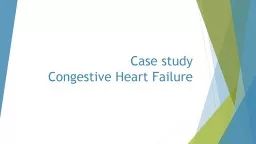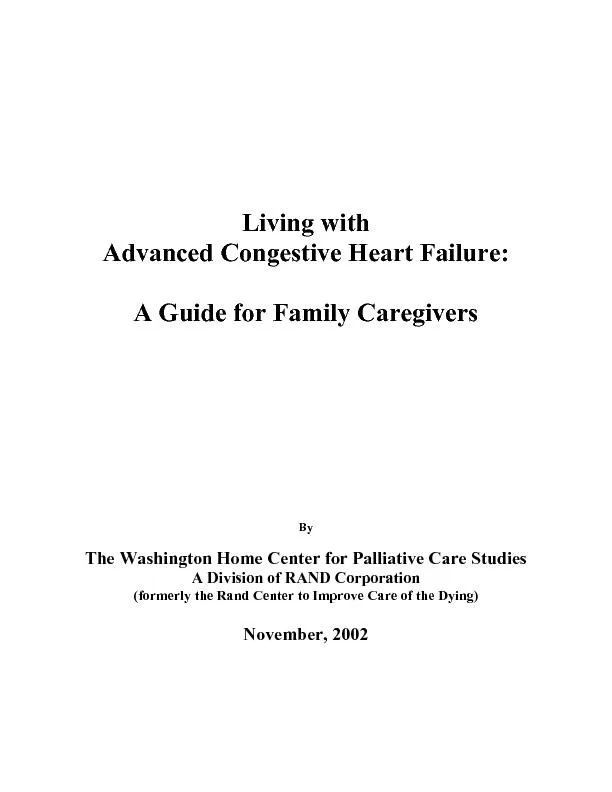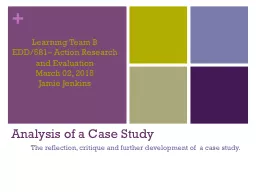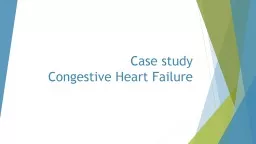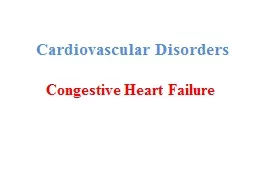PPT-Case study Congestive
Author : briana-ranney | Published Date : 2019-11-21
Case study Congestive H eart F ailure Chief Complaint 68yearold man who collapsed during exertion H istory Roger Crockett a 68yearold man with a 40packyear smoking
Presentation Embed Code
Download Presentation
Download Presentation The PPT/PDF document "Case study Congestive" is the property of its rightful owner. Permission is granted to download and print the materials on this website for personal, non-commercial use only, and to display it on your personal computer provided you do not modify the materials and that you retain all copyright notices contained in the materials. By downloading content from our website, you accept the terms of this agreement.
Case study Congestive: Transcript
Download Rules Of Document
"Case study Congestive"The content belongs to its owner. You may download and print it for personal use, without modification, and keep all copyright notices. By downloading, you agree to these terms.
Related Documents

